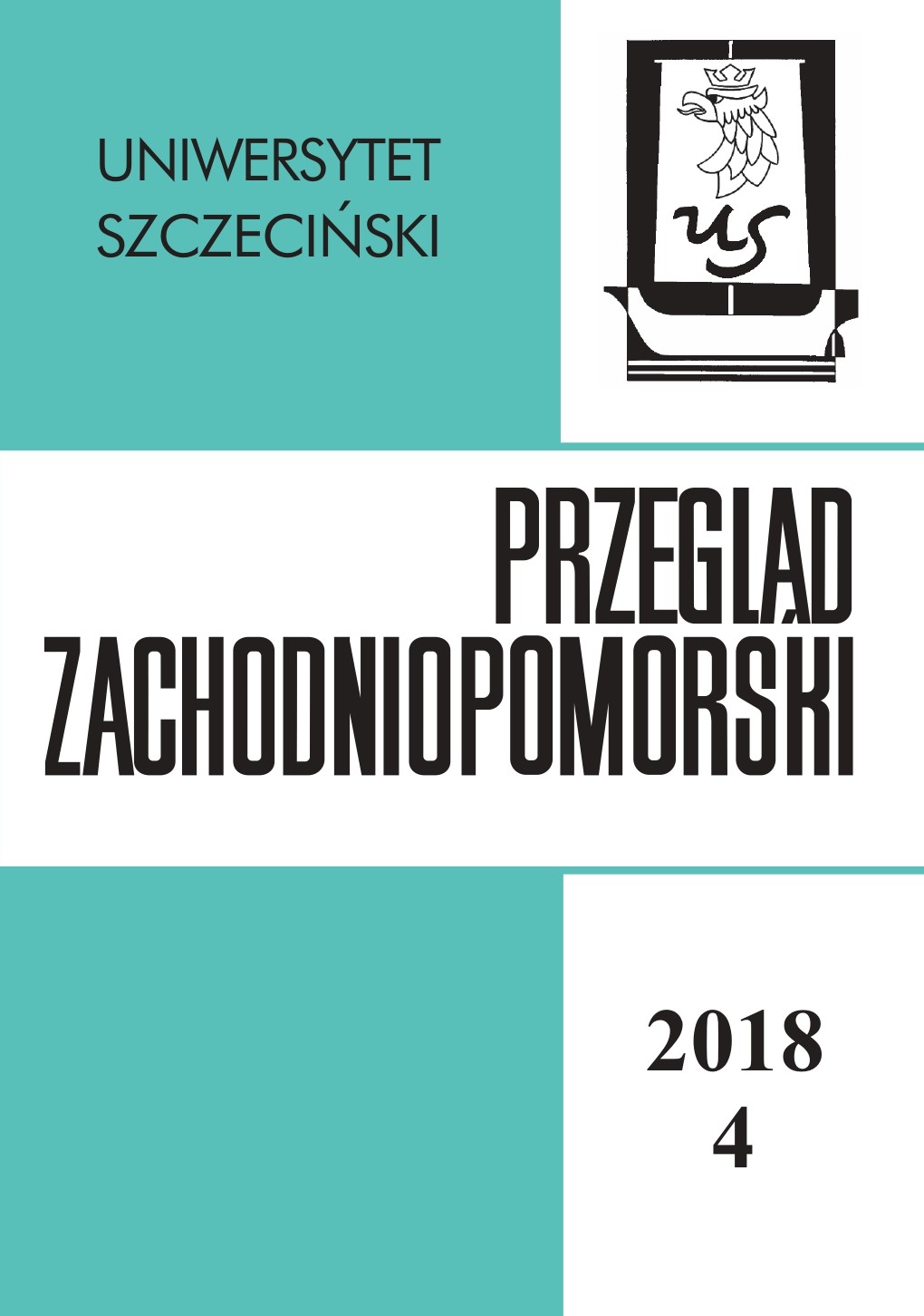Die Entwicklung der Sakraltopographie einer pommerschen Landstadt vor und nach der Reformation – Grimmen im 16. Jahrhundert
The Development of Ecclesiastical Topography of the 16th-Century Grimmen, a Provincial Pomeranian Town before and after the Reformation
Author(s): Haik Thomas PoradaSubject(s): History, Local History / Microhistory
Published by: Wydawnictwo Naukowe Uniwersytetu Szczecińskiego
Keywords: late Middle Ages; (pre-)Reformation; sacred topography; religious brotherhoods
Summary/Abstract: The article presents the results of intensive research – carried out for many years – that has revealed the expanded image of the situation of the Church just before the Reformation in Pomerania exemplified with Grimmen, a small town in Vorpommern (Western Pomerania). The general impression of the late mediaeval piety in Grimmen that emerges from the existing sources is exceptionally manifold. The image includes a small provincial Pomeranian town with a parish church and probably with eight chapels, independent or connected with St Mary’s Church, several dozen benefices and several religious brotherhoods. At least three, maybe four, chapels were connected with hospitals. Now we know about 20 names of the clergymen of the period directly preceding the Reformation. The religious life was intensive, but the fragments that have survived are scarce; for example, St Mary’s Church, a hall temple with the chancel, an ambulatory and side chapels, and St Maurice’s Chapel connected with the northern part of Church. In addition to the House of the Kalands Brethren (German: Kalandshaus) there are two buildings dating back to mediaeval times, both connected with preachers, also after the Reformation, one with the parish and the other with chaplain’s or deacon’s office.
Journal: Przegląd Zachodniopomorski
- Issue Year: 33/2018
- Issue No: 04
- Page Range: 125-140
- Page Count: 16
- Language: German

